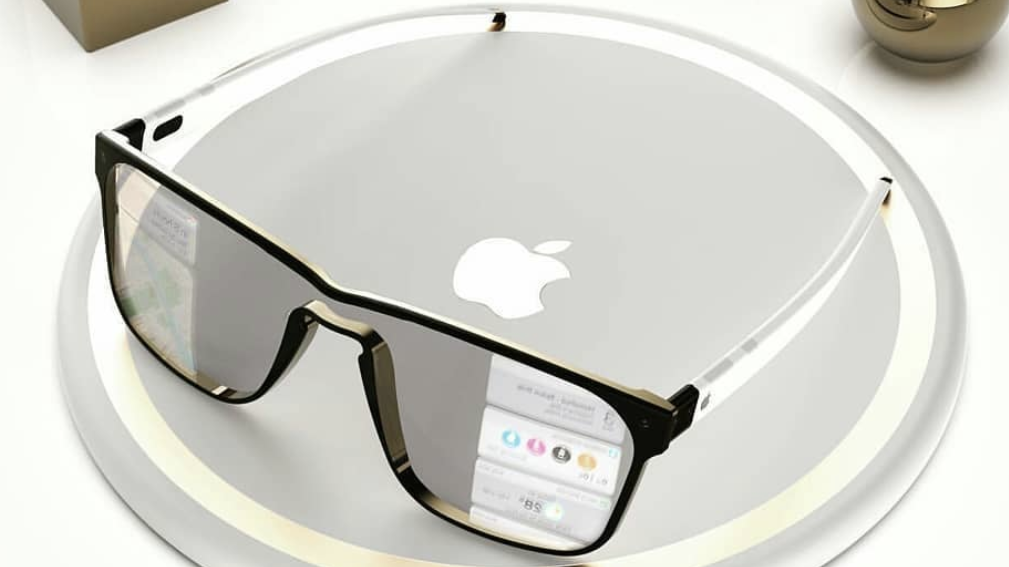Apple Glass could have killer battery life thanks to this breakthrough
Apple Glass could track your eyes without cameras, a new patent suggests

Apple’s upcoming smart glasses are certainly making the company think creatively, with a whole flurry of new patents in recent weeks. Fresh off the back of one imagining an interactive Google Street View and another picturing how we might navigate via subtle sound cues, the company has another more practical Apple Glass patent.
As spotted by Patently Apple, the new patent filed earlier this year looks at some of the practicalities of eye tracking. This, as the name suggests, means the hardware knows where you’re looking and can compensate for it, which is pretty important for AR applications.
- The best smartwatches to buy now
- What's in the iPhone 12?
- PLUS: The PS5 could launch in the US first
While we can do it now with existing hardware, it’s resource intensive, both in terms of processing and raw energy needed. In other words, with our current solutions you’d need a chunkier pair of specs to compensate for a larger battery.
Normally, “a head-mounted device includes an eye tracking system that determines a gaze direction of a user of the head-mounted device," the patent reads. "The eye tracking system often includes a camera that transmits images of the eyes of the user to a processor that performs eye tracking."
This won’t do for Apple Glass, with the company noting that transmission of images “at a sufficient frame rate to enable eye tracking requires a communication link with substantial bandwidth” which “increases heat generation and power consumption of the head-mounted device.”
Apple’s solution is to abandon cameras altogether, and to instead use light. While having beams of light shone directly into your eye doesn’t exactly sound pleasant, we assume Apple’s technology is sufficiently sensitive that you won’t even notice.
“[One] method includes emitting light with modulating intensity from a plurality of light sources towards an eye of a user," Apple writes. “The method includes receiving light intensity data indicative of an intensity of the emitted light reflected by the eye of the user in the form of a plurality of glints. The method includes determining an eye tracking characteristic of the user based on the light intensity data."
Sign up to get the BEST of Tom's Guide direct to your inbox.
Get instant access to breaking news, the hottest reviews, great deals and helpful tips.
In other words, by monitoring the light reflections, Apple believes it has enough information to accurately assess where a person is looking at any given time, with the added bonus that it’s a comparatively low-power solution which won’t rinse the battery.
Even if the patent is ever used, we still have a long wait to see it in action. The earliest we can expect any version of Apple Glass is rumored to be spring next year – and more pessimistic estimates have it pegged for 2023. On the bright side, that’s plenty of time to ensure that the eye tracking technology works absolutely seamlessly out of the box.
Freelance contributor Alan has been writing about tech for over a decade, covering phones, drones and everything in between. Previously Deputy Editor of tech site Alphr, his words are found all over the web and in the occasional magazine too. When not weighing up the pros and cons of the latest smartwatch, you'll probably find him tackling his ever-growing games backlog. Or, more likely, playing Spelunky for the millionth time.

